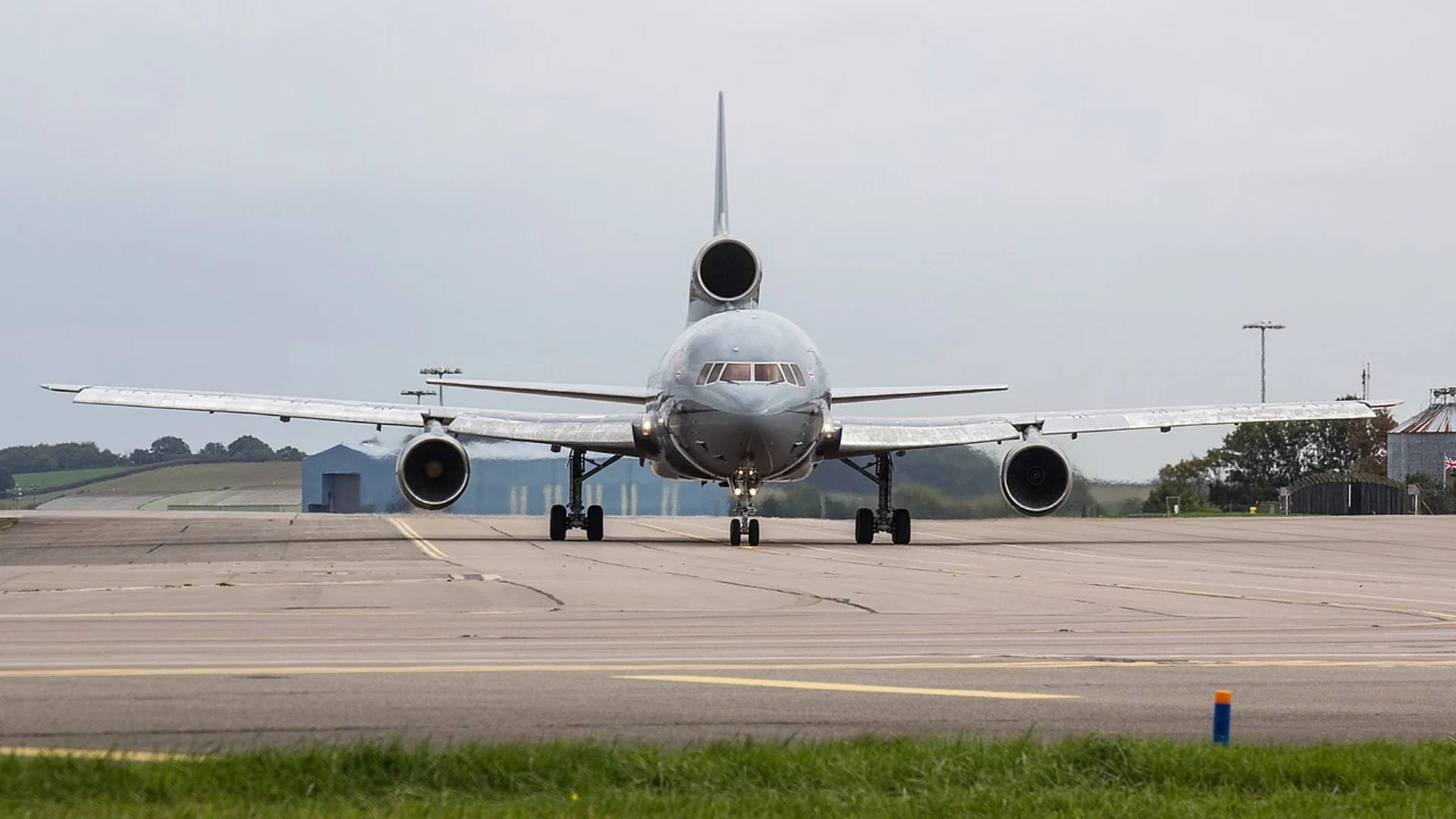N140SC began as an L-1011-1 but was upgraded to an L-1011-100 configuration with increased fuel capacity and weight limits in 1977. According to Planespotters.net data, Air Canada initially configured it with 288 seats across first class and economy cabins; later modifications raised total seating to 306 passengers.
Air Canada operated a fleet of 18 L-1011 TriStars between 1973 and 1996 before replacing them with Boeing 767-300ER jets. Most were sold on the second-hand market after retirement; only Stargazer remains operational today.
The Lockheed L-1011 was produced in several variants, beginning with the original -1 model through higher-weight versions like the -100, -150, -200, -250, and ending with the shortened long-range -500 series. The aircraft was powered initially by Rolls-Royce RB211 engines; upon acquisition by Orbital Sciences, Stargazer received more powerful RB211-524B engines similar to those found on early Boeing 747 models.
During its commercial life cycle, only about 250 TriStars were built—a lower figure than competing widebodies such as the DC-10 (386), Airbus A300 (561), or Boeing 747 (over 1,500). Production ended in 1984 without a dedicated freighter version or conversion program—unlike most rivals—which contributed to its disappearance from commercial fleets by the late 2000s.
Lockheed faced delays during development due largely to engine problems at Rolls-Royce while rival McDonnell Douglas brought its DC-10 quickly to market using proven technology. Both companies responded to American Airlines’ request for a medium-sized widebody smaller than a Boeing 747 but suitable for transoceanic routes given restrictions on twin-engine operations at that time.
Despite advanced features like autopilot systems and automated emergency descent functions making it technically sophisticated for its era, limited demand for trijets led both Lockheed’s TriStar and McDonnell Douglas’s DC-10 into financial difficulties. The introduction of more efficient twinjets like the Airbus A300 further eroded their appeal.
Today operating costs for N140SC continue to rise due to scarcity of parts and qualified personnel as well as limited simulator availability for pilot training. Its unique role launching rockets may soon be eclipsed by new technologies such as reusable SpaceX rockets—raising questions about how much longer Stargazer will remain airborne.
In comparison, another aging trijet—the MD-10 “Flying Eye Hospital” operated by Orbis International—remains viable thanks partly to greater parts availability and access to trained pilots from FedEx Express. Orbis’s aircraft is even older than Stargazer but is expected to remain operational longer because of these logistical advantages.
 Alerts Sign-up
Alerts Sign-up




































